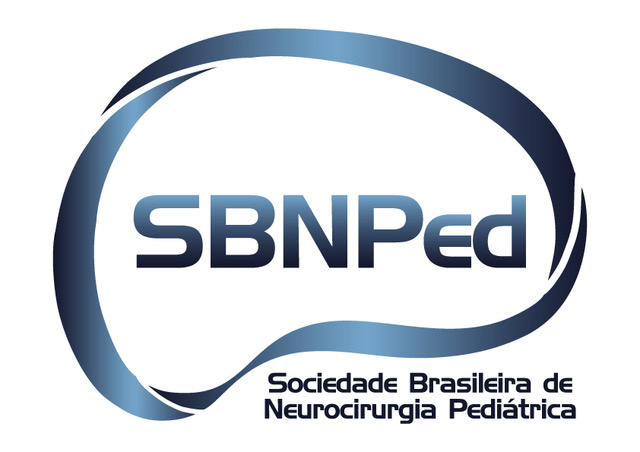Management of Pseudotumor Cerebri Secondary to Dural Venous Sinus Thrombosis in Children
DOI:
https://doi.org/10.46900/apn.v3i3(September-December).89Keywords:
Dural sinus thrombosis, Pseudotumor cerebri, Lumboperotineal shunt, Idiopathic Intracranial HypertensionAbstract
Background: The purpose of this study is to follow the clinical course and required management of children suffering from Pseudotumor cerebri (PTC) secondary to Dural Sinus Thrombosis (DST) to understand the natural history of a rare condition and its need for surgery as well as outcome after Cerebro-Spinal Fluid (CSF) diversion surgeries.
Methods: A retrospective consecutive case series study based on examining medical records of patients who were referred to neurosurgical pediatric clinic suffering from PTC secondary to DTS. Data review included patients’ archives for clinical, radiological, surgical records and follow up visits. Only patients below 18 years old were included.
Results: Fourteen patients met inclusion criteria, 7 of them required CSF diversion procedure, while the other 50% responded to medical conservative therapy. Headache improved immediately for most of the surgical group, while took 7 weeks to reach satisfactory results for medical group. Visual improvement took place for both groups approximately at the same time interval with average 5 weeks.
Conclusion: Surgical intervention in the form of CSF diversion procedure was required for 50 % of the patients, which is safe and effective line of treatment to prevent further deterioration of vision for case who were not responsive to medical therapy.
Downloads

Additional Files
Published
How to Cite
Issue
Section
License
Copyright (c) 2021 Mohamed M Elsherbini, Hatem Badr , Mohamed Kassem, Amr Farid Khalil

This work is licensed under a Creative Commons Attribution 4.0 International License.

When publishing in Archives of Pediatric Neurosurgery journal, authors retain the copyright of their article and agree to license their work using a Creative Commons Attribution 4.0 International Public License (CC BY 4.0), thereby accepting the terms and conditions of this license (https://creativecommons.org/licenses/by/4.0/legalcode).
The CC BY 4.0 license terms applies to both readers and the publisher and allows them to: share (copy and redistribute in any medium or format) and adapt (remix, transform, and build upon) the article for any purpose, even commercially, provided that appropriate credit is given to the authors and the journal in which the article was published.
Authors grant Archives of Pediatric Neurosurgery the right to first publish the article and identify itself as the original publisher. Under the terms of the CC BY 4.0 license, authors allow the journal to distribute the article in third party databases, as long as its original authors and citation details are identified.


























